Contents
CHAPTER 1 The Skeletal System and Its Movements
- Primary Tissues of the Body
- Bone Composition and Structure
- Bone Development and Growth
- The Human Skeleton
- Joint Architecture
- Body Orientation Terminology
- Joint Movement Terminology
- Skeletal Considerations in Whole Body Movement
- Summary
- Study Questions and Applications
CHAPTER 2 The Muscular System
- Skeletal Muscle Structure and Function
- Microstructure of Skeletal Muscle and Muscle Contraction
- Muscle Architecture
- Muscle Attachments to Bone
- Muscles, Levers, and Rotary Motion
- Types of Muscle Contraction (Tension)
- Muscular Considerations in Whole Body Movement
- Learning Muscle Names and Actions
- Summary
- Study Questions and Applications
CHAPTER 3 The Spine
- Bones and Bony Landmarks of the Spine
- Joint Structure and Movements of the Vertebral Column
- Description and Functions of Individual Muscles of the Spine
- Ideal Spinal Alignment and Common Deviations
- Spinal Mechanics
- Muscular Analysis of Fundamental Spinal Movements
- Key Considerations for the Spine in Whole Body Movement
- Special Considerations for the Spine in Dance
- Conditioning Exercises for the Spine
- Back Injuries in Dancers
- Summary
- Study Questions and Applications
CHAPTER 4 The Pelvic Girdle and Hip Joint
- Bones and Bony Landmarks of the Hip Region
- Joint Structure and Movements of the Pelvic Girdle
- Joint Structure and Movements of the Hip
- Description and Functions of Individual Hip Muscles
- Alignment and Common Deviations of the Hip Region
- Pelvic and Hip Mechanics
- Muscular Analysis of Fundamental Hip Movements
- Key Considerations for the Hip in Whole Body Movement
- Special Considerations for the Hip in Dance
- Conditioning Exercises for the Hip
- Hip Injuries in Dancers
- Summary
- Study Questions and Applications
CHAPTER 5 The Knee and Patellofemoral Joints
- Bones and Bony Landmarks of the Knee Region
- Joint Structure and Movements of the Knee
- Description and Functions of Individual Knee Muscles
- Knee Alignment and Common Deviations
- Knee Mechanics
- Structure and Movements of the Patellofemoral Joint
- Patellofemoral Alignment and the Q Angle
- Patellofemoral Mechanics
- Muscular Analysis of Fundamental Knee Movements
- Key Considerations for the Knee in Whole Body Movement
- Special Considerations for the Knee in Dance
- Conditioning Exercises for the Knee
- Knee Injuries in Dancers
- Summary
- Study Questions and Applications
CHAPTER 6 The Ankle and Foot
- Bones and Bony Landmarks of the Ankle and Foot
- Joint Structure and Movements of the Ankle and Foot
- Description and Functions of Individual Muscles of the Ankle and Foot
- Alignment and Common Deviations of the Ankle and Foot
- Mechanics of the Ankle and Foot
- Muscular Analysis of Fundamental Movements of the Ankle and Foot
- Key Considerations for the Ankle and Foot in Whole Body Movement
- Special Considerations for the Ankle and Foot in Dance
- Conditioning Exercises for the Ankle and Foot
- Ankle and Foot Injuries in Dancers
- Summary
- Study Questions and Applications
CHAPTER 7 The Upper Extremity
- Bones and Bony Landmarks of the Shoulder Complex
- Joint Structure and Movements of the Shoulder Girdle
- Joint Structure and Movements of the Shoulder
- Description and Functions of Individual Muscles of the Shoulder Complex
- Alignment and Common Deviations of the Shoulder Complex
- Shoulder Mechanics
- Muscular Analysis of Fundamental Shoulder Movements
- Special Considerations for the Shoulder Complex in Dance
- Other Joints of the Upper Extremity
- Description and Functions of Selected Individual Muscles of the Elbow
- Structure and Movements of the Radioulnar Joints
- Key Considerations for the Upper Extremity in Whole Body Movement
- Conditioning Exercises for the Upper Extremity
- Upper Extremity Injuries in Dancers
- Summary
- Study Questions and Applications
CHAPTER 8 Analysis of Human Movement
- Anatomical Movement Analysis of Whole Body Movements
- Other Methods for Movement Analysis
- Research-Supported Movement Analysis
- Optimal Performance Models
- Movement Cues
- Summary
- Study Questions and Applications
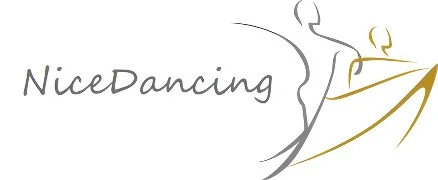
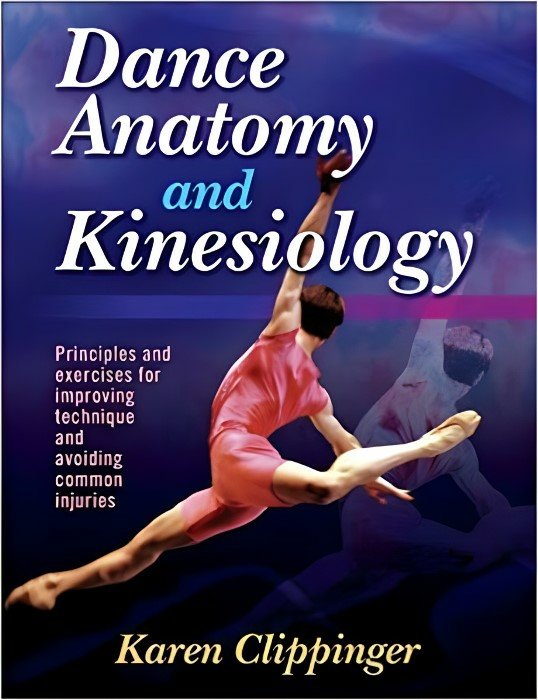
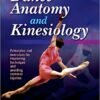

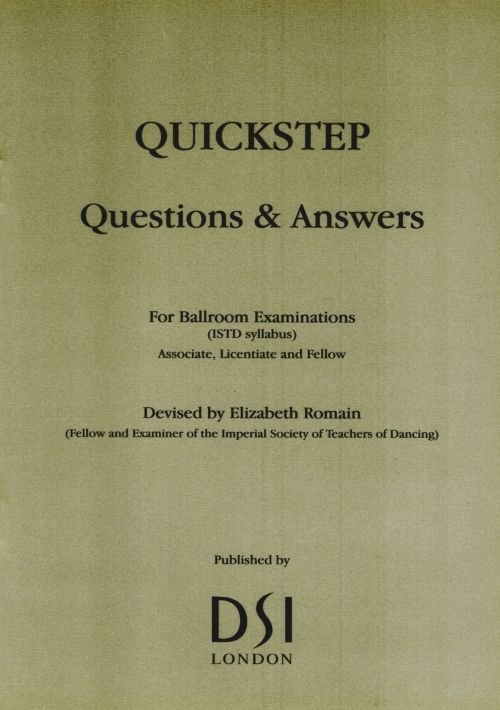
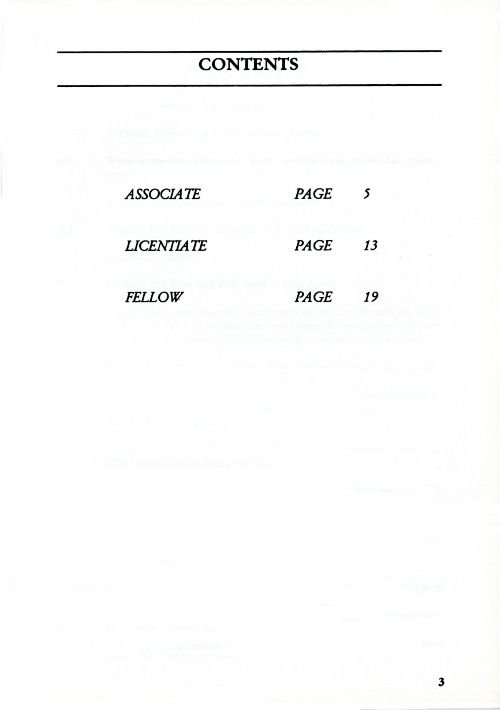

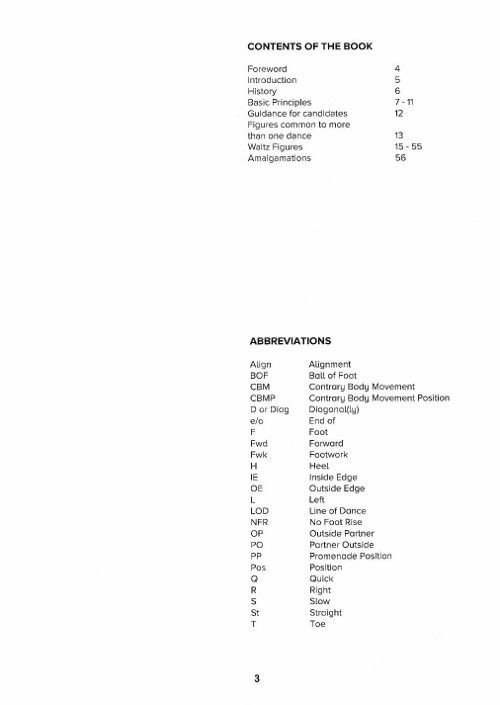
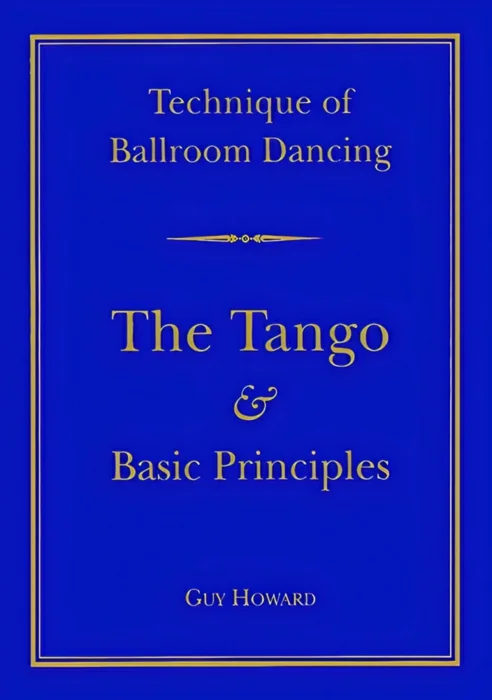
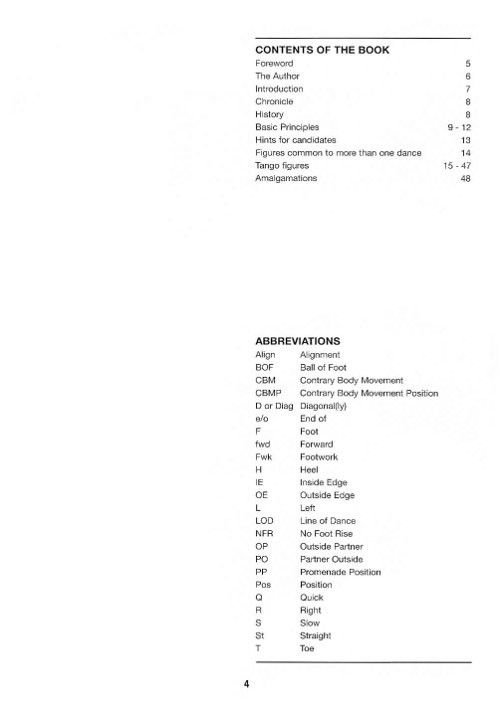
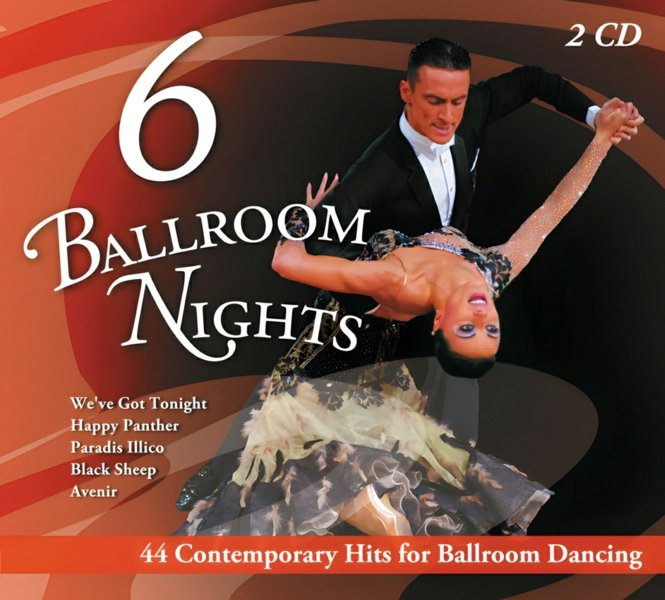
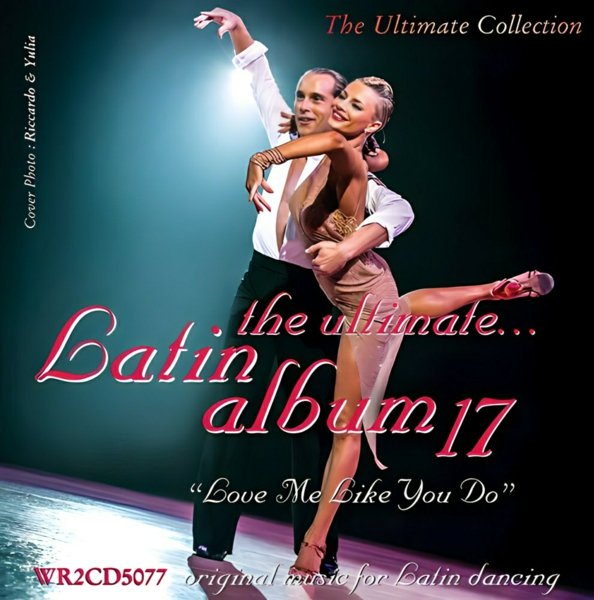



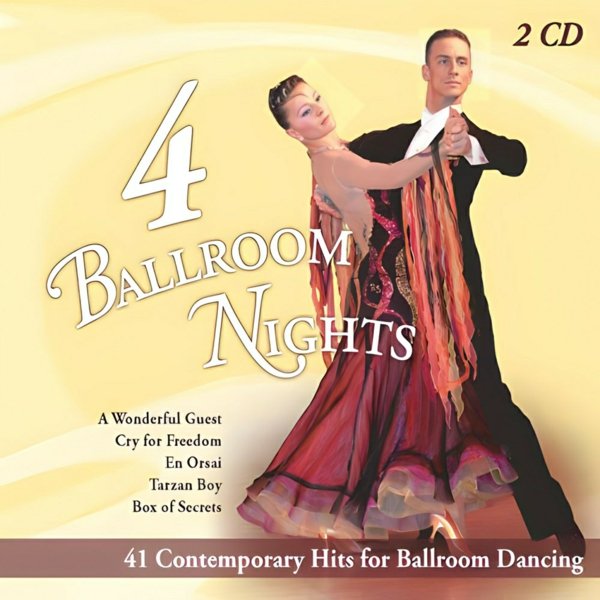
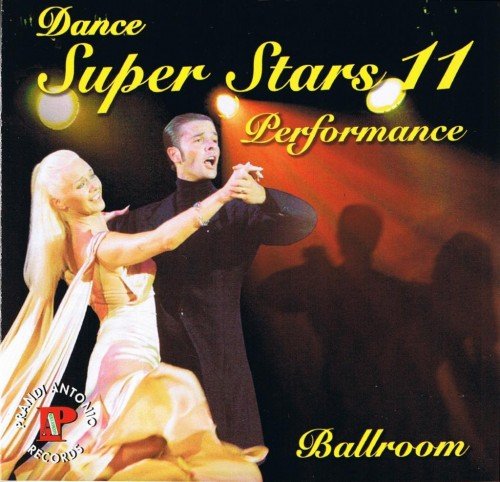

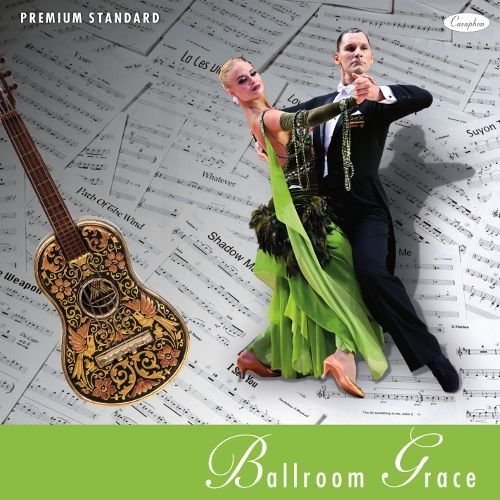



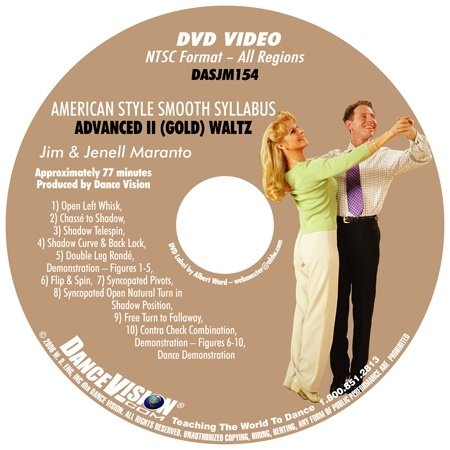

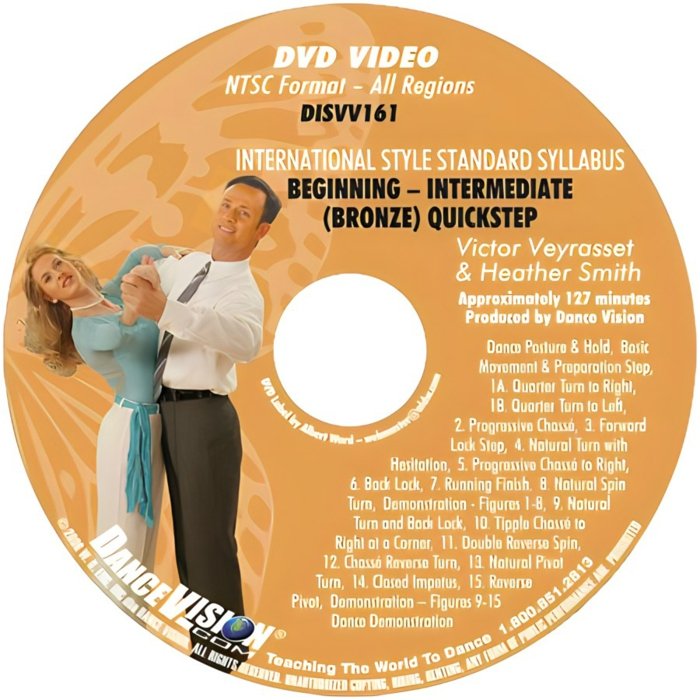
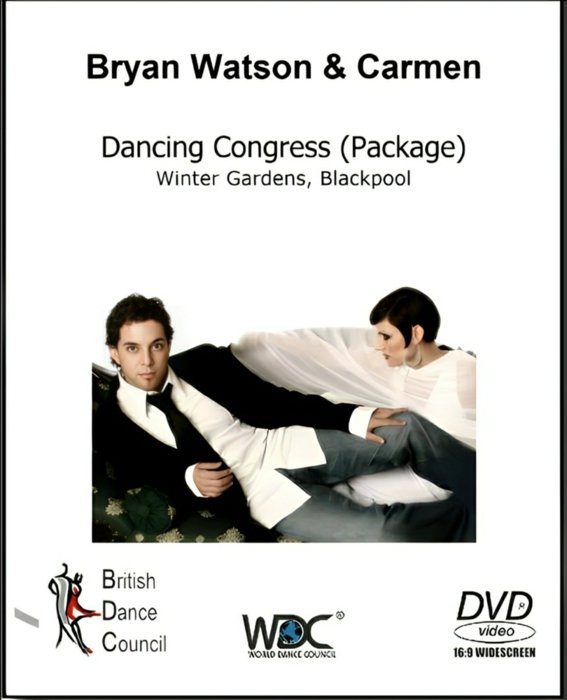

Reviews
There are no reviews yet.